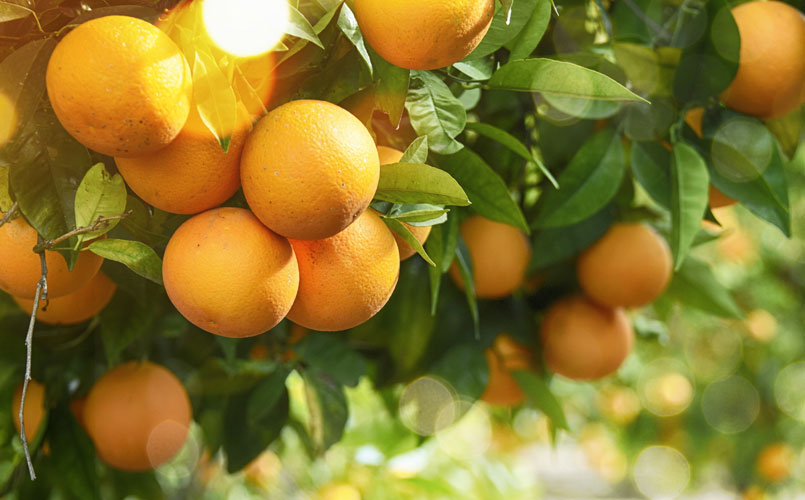Tips for an Effective Cleaning and Sanitation Program
During busy periods sanitation is often overlooked, when in fact, this is when it is needed most. Recent food safety concerns and bacteriological monitoring programs call for a diligent facility cleaning and sanitation program. The success or failure of a postharvest cleaning and sanitation program can be evaluated by determining if the low levels of fungicide resistance develop into levels that can affect the performance of the fungicides.
Effective cleaning and sanitation programs work when they encompass the entire packing operation. For instance, during fruit packing, decayed fruit must be removed as soon as possible on the pack line. Measures must be taken to prevent the movement of spores throughout the packinghouse. After packing, thorough sanitation of the pack line, fruit contact surfaces, and storage facilities must be carried out regularly.
Tips on how to make your sanitation program effective:
DAILY SANITATION FOLLOWING PACKING:
- Pick up and remove all fruit from floors and equipment areas. This fruit, if allowed to accumulate, will develop decay, and contribute to the development of fungicide resistance.
- Clean and sanitize all fruit contact surfaces, particularly the areas from the dump through the washer. The remainder of the pack line should be inspected and cleaned as needed.
- Use a sanitizer after cleaning fruit contact areas – products that can be used to sanitize brushes and foam rubber rolls, as well as all other food contact surfaces.
SANITATION DURING OPERATIONS:
Use chlorine or PAA sprays with a wetting agent to wet the fruit on a dry dump. This method surface disinfects and prevents mold spores being carried by air to other areas in the packinghouse. Dump tanks and flumes should maintain the proper level of chlorine for the commodity being processed. The available chlorine level should be checked regularly.
- Remove decayed fruit as soon after the dump as possible. Use enough people to remove all decay before the washer.
- Remove broken fruit that accumulates between the dump area and the washer area several times per day. This should include twigs and leaf accumulations that can cause injury to sound fruit as it is processed.
- Use PAA at rates up to 212 ppm PAA (When used as a hard surface sanitizer) at breaks and lunch to sanitize brushes and foam rolls. No rinse is needed.
For more information on this topic contact your Pace Representative.












